On Air Now
Relaxing Evenings with Zeb Soanes 7pm - 10pm
It's an institution that goes back almost 500 years. Today, Judith Weir is Master of the Queen's Music but who were her illustrious predecessors?
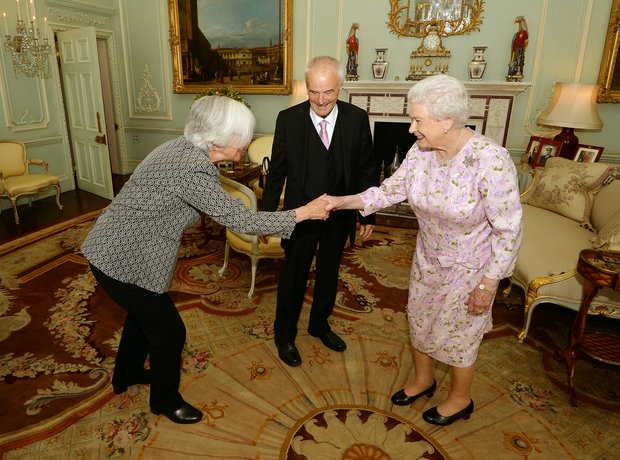
The first female Master of the Queen's Music was announced on 21 July 2014. Judith Weir, born in 1954, is best-known for her operas and theatrical works, and plans to listen to as many music-makers in the UK as possible over the ten years she holds the post.

The Master of the Queen's Music is a post in the Royal Household, similar to that of Poet Laureate, granted to an outstanding musician. It's generally expected that the holder of the post will compose music to commemorate important royal events and other ceremonial occasions. Sir Peter Maxwell Davies, pictured here with Her Majesty the Queen following his appointment to the post in 2004, stepped down from the post in 2014, giving way to Judith Weir, the first female holder of the post.
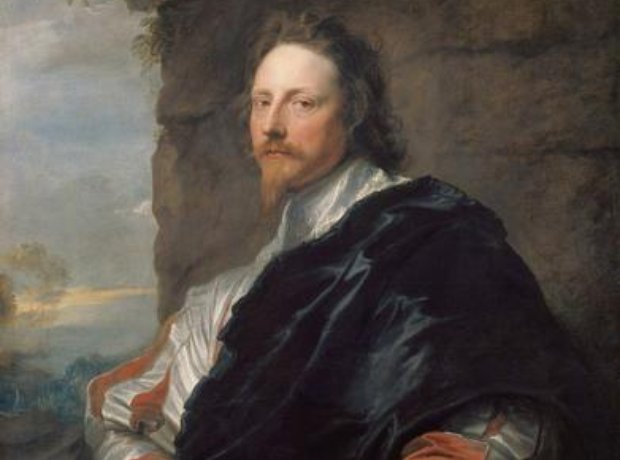
The first Master of the King's Musick was Nicholas Lanier, a lutenist, singer and viol player in the court of Charles I. Appointed in 1626, Lanier would be the only Master who seriously attempted to 'rule' all of the musicians in the kingdom as a guild. The post was abolished in 1649 when Charles I was deposed. During the Commonwealth period, Lanier lived in the Netherlands but returned to resume his duties to Charles II in 1660. He died six years later.

Louis Grabu was a Catalan-born composer and violinist. He was probably trained in Paris by Lully and moved to England at the time of the Restoration, where French music was very popular. King Charles II appointed Grabu as a composer for his own private music in 1665 and, with the death of Lanier the following year, Grabu became the second Master of the King's Musick. He appears to have fallen foul of the Test Act, passed in 1673, which banned Roman Catholics from court.
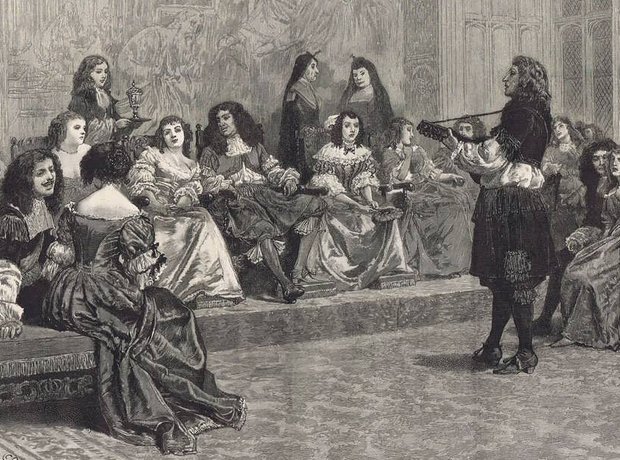
Like Grabu, Nicholas Staggins was more of a courtier than a composer. He was made Master of the King's Music by Charles II in 1674. If important works were required, composers such as Purcell were called upon. From 1684 until his death in 1700, Staggins was Professor of Music at Cambridge.
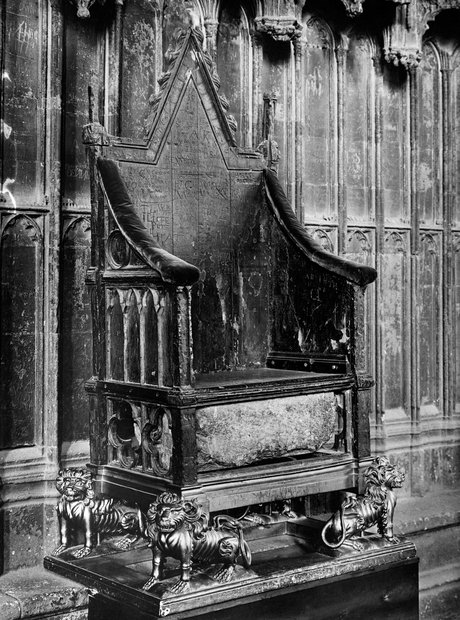
The longest serving Master of the King's Musick was John Eccles (1668-1735). He was appointed in 1700 and served four monarchs - William III, Anne, George I and George II. He wrote music for the coronation of Queen Anne and the occasional court ode. But, reportedly, Eccles spent most of his time fishing. It was Handel who supplied the Ode for the Birthday of Queen Anne in 1713.

Maurice Greene (1696-1755) was organist at St Paul's and at the Chapel Royal before becoming Professor of Music at Cambridge University in 1730. He was appointed Master of the King's Musick by George II five years later. At his death, Greene was working on the compilation Cathedral Music, many items of which are still used in Anglican services today.

William Boyce (1711-1779) studied music under his predecessor as Master of the King's Musick, Maurice Greene. He was appointed to the post in 1755 and became one of the organists at the Chapel Royal in 1758. When Boyce's deafness became so bad that he was unable to continue playing, he retired and worked on completing the compilation Cathedral Music that Greene had left incomplete at his death. Boyce is best known for eight symphonies, his anthems and odes.
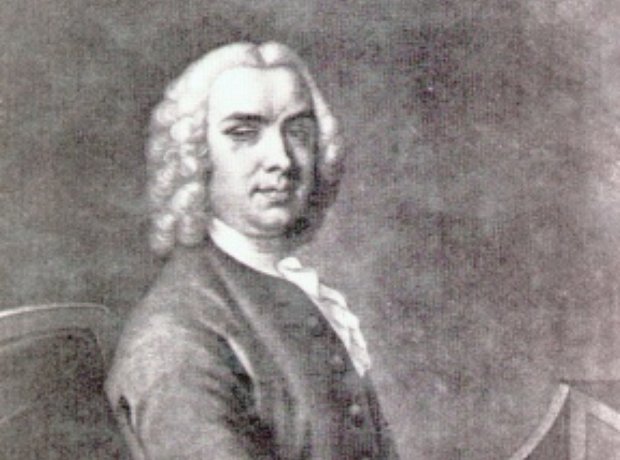
John Stanley (1712-1786) was almost blinded in an accident at the age of two. Under Master of the King's Musick, Maurice Greene, Stanley excelled at the organ and by the age of 11 was employed as organist at All Hallows in London. At 17, he became the youngest ever person to obtain a B.Mus. degree at Oxford. His playing attracted the attention of Handel who regularly attended his performances. In 1779 Stanley succeeded Boyce as Master of the King's Musick. In this capacity he composed many New Year and Birthday odes to King George III.
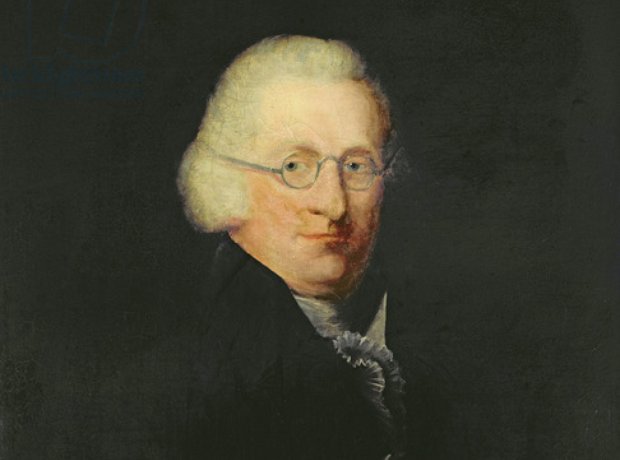
Sir William Parsons (1745/6–1817) was Master of the King's Musick under George III between 1786 and 1817. He composed a number of anthems for royal occasions. Described as an 'unremarkable composer and musician', he probably gained the title more through tutoring the king's family than any musical merit.

Born in Gateshead, William Shield (1748-1829) became a noted violinist in Newcastle before moving to Scarborough to lead a theatre orchestra. From 1773 he was principal violist at Covent Garden where he also worked as a composer. He was appointed Master of the King's Musick by George III in 1817. Shield was a great plunderer of folk tunes - in his case, mostly from his native Northumbria.
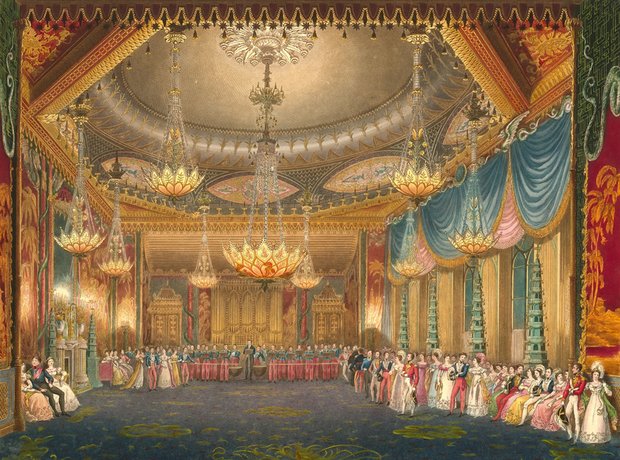
Christian Kramer (d.1834) was the first German to become Master of the King's Musick. He was appointed by George IV and led the King's personal orchestra which was acknowledged to be one of the best in Europe. Kramer was apparently on good terms with the King. According to one account, like George, Kramer suffered from gout and was often asked after by his master.
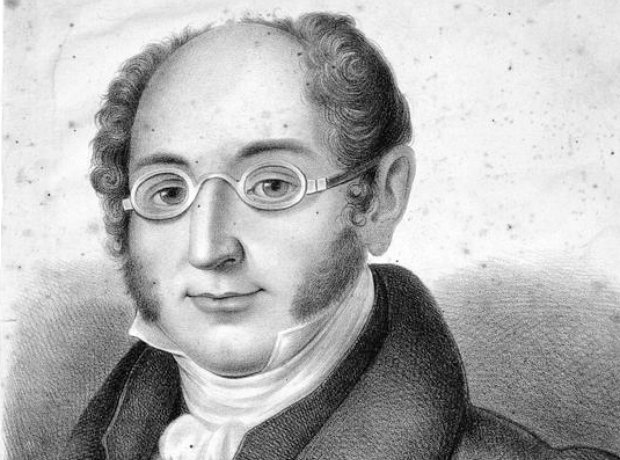
Violinist and conductor Franz Cramer (1772-1848) was made Master of the Queens Musick in 1834 by King William IV and continued in the post until the year Queen Victoria ascended to the throne. Very little is known about his compositions; the only manuscript that has survived is a Capriccio for violin, kept in the British Museum.
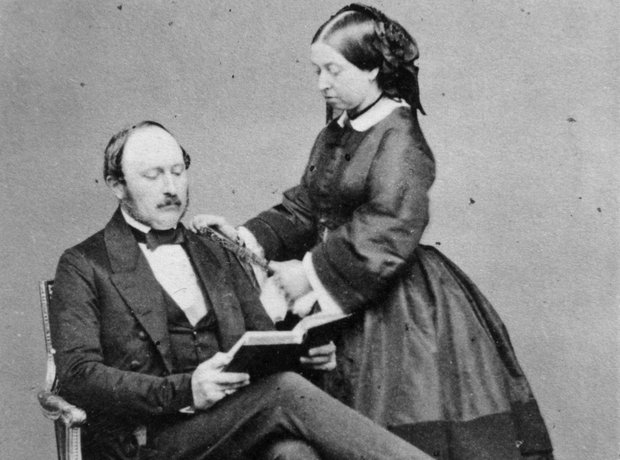
All the Masters of the King's - or Queen's - Music have been composers. George Frederick Anderson was the one exception. He was a violinist who is not known to have ever composed any music. His wife, Lucy Philpot, also taught piano to the children of Queen Victoria of Prince Albert (pictured). Anderson contributed many additions to the Royal Music Library, now one of the greatest treasures in the British Library.
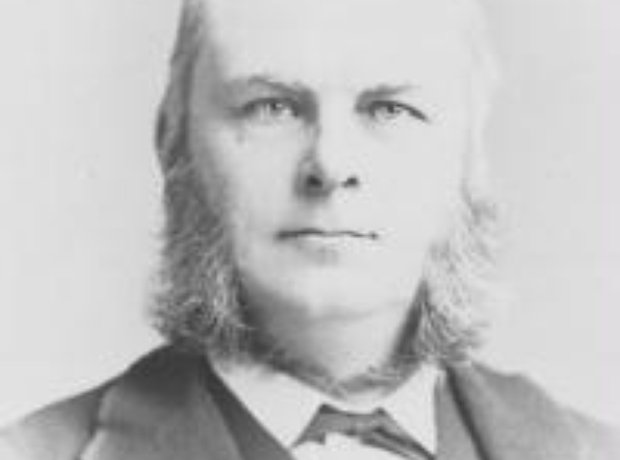
William Cusins (1833-1893) was appointed Master of the Queen's Musick by Queen Victoria in 1870. He is the only Master to become a 'Sir' during his time in the role; he was knighted in 1892, the year before his death. His works included Royal Wedding Serenata, an overture to Shakespeare's Love's Labour's Lost, marches and songs.
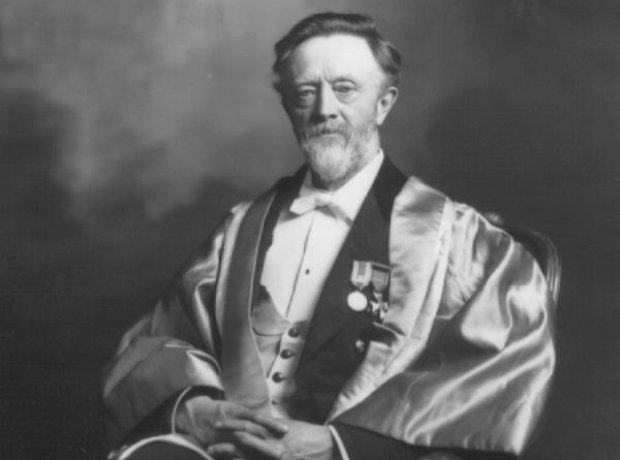
Walter Parratt (1841-1924) was appointed Master of the Queen's Musick to Queen Victoria in 1893 and held the post under two further monarchs: Edward VII and George V. Parratt's father was a parish organist who inspired his son to learn the pipe organ from an early age. Parratt took over from Hubert Parry as Heather Professor of Music at Oxford University in 1908. Unusually for a Master, Parratt did very little composing - his influence stemmed from his formidable talent as an organist and a teacher. He was also a distinguished chess player, and was able to simultaneously play chess and sight-read a complex organ piece.
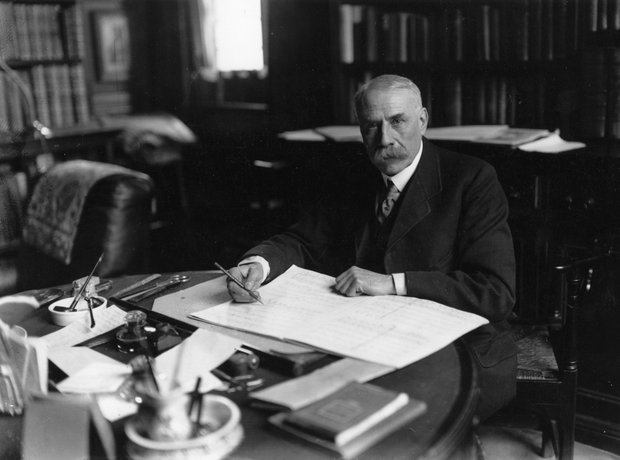
During Elgar's tenure, the title of the post was changed from Master of the King's Musick to Master of the King's Music - in other words, the 'k' was dropped. Elgar (1857-1934) was appointed in 1924 at the age of 68 although he had gained royal favour in 1901 when he was asked to adapt his Pomp and Circumstance March No. 1 for Edward VII's coronation. With Elgar's appointment, the position became akin to that of Music Laureate. Elgar did use his appointment however to track down the original instruments in Edward VII's band and to ensure the Royal Music Library was well ordered.
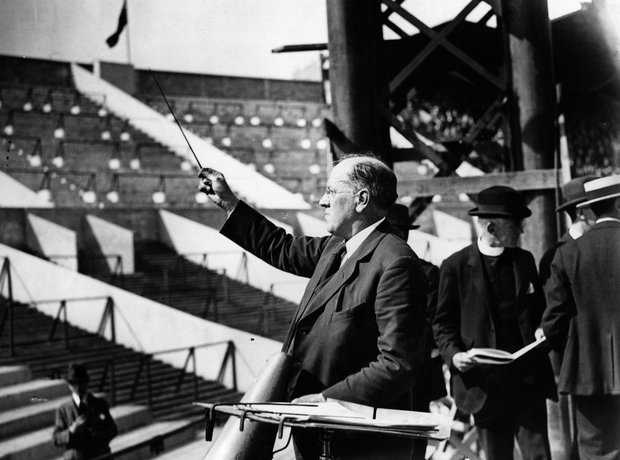
Walford Davies (1869-1941) held the title for just seven years from 1934 until his death. Davies was taught by and was an assistant to another Master, Walter Parratt, for five years before studying at the Royal College of Music in 1890 where his teachers included Hubert Parry and Charles Villiers Stanford. He was the first Master of the King's Music to be well known to the public by this title.

Arnold Bax was appointed Master of the King's Music in 1942 during George VI's reign and held the post until his death in 1953. During his five years at the Royal Academy of Music, Bax had become interested in the poetry of W.B. Yeats that sparked a love affair with Ireland and Irish and Celtic culture that continued to his last days. One of his final works was the Coronation March in celebration of the Queen's coronation in June 1953.

Arthur Bliss became Master of the Queen’s Music in 1953, the year of the Queen’s Coronation. His first official duty was to compose the Processional for the Coronation. Bliss wrote his final cantata, Shield of Faith the year before his death in 1975. The piece celebrated 500 years of St. George's Chapel, Windsor Castle with Bliss setting to music poems chosen from each of the five centuries of the Chapel's existence.
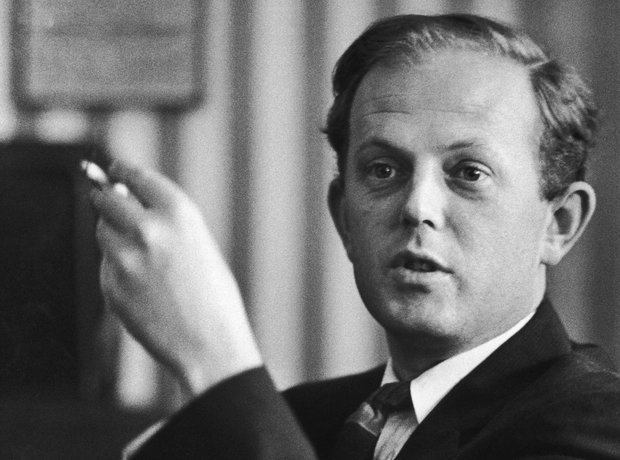
Malcolm Williamson (1931-2003) became the first Australian to hold the post when he was appointed in 1975. Williamson was particularly interested in encouraging young people to become involved in music, and composed several short operas for children. His appointment as Master of the Queen's Music came as a surprise to many who believed that it would go to an eminent British composer. There were also whispers of royal displeasure at his failure to finish the Jubilee Symphony he was expected to deliver for the 1977 Silver Jubilee.
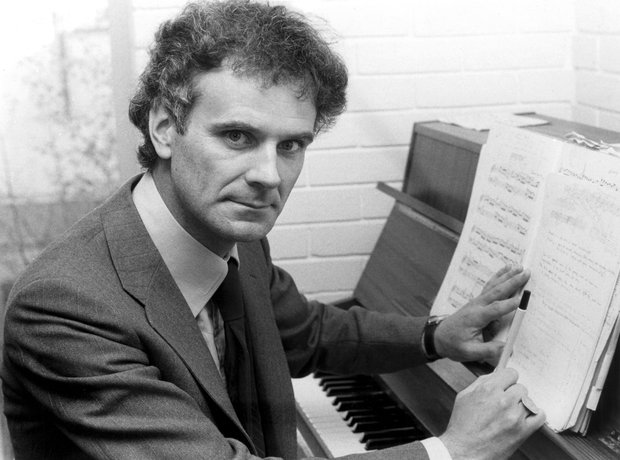
Sir Peter Maxwell Davies (b.1934) was appointed Master of the Queen's Music in March 2004 for a ten-year period, unlike previous appointments, which were for life. Davies' appointment to the post was initially controversial, as he was a republican. However he confirmed in 2010 that close contact with the Queen had converted him to monarchism. He told the Daily Telegraph, 'I have come to realise that there is a lot to be said for the monarchy. It represents continuity, tradition and stability.'